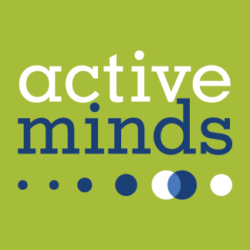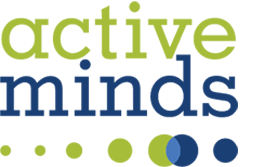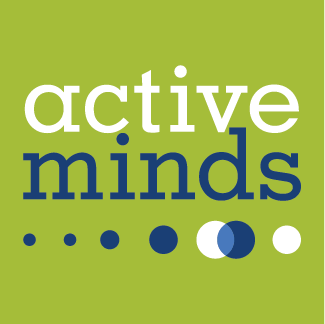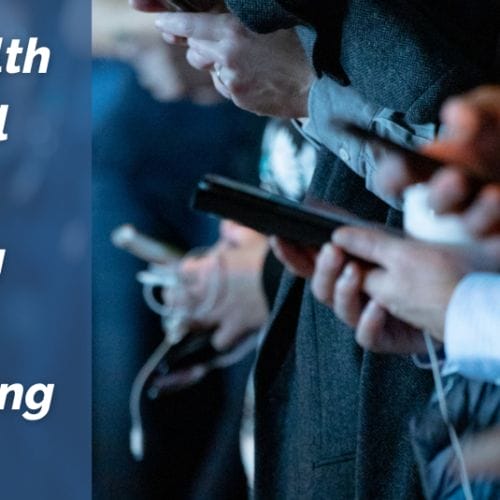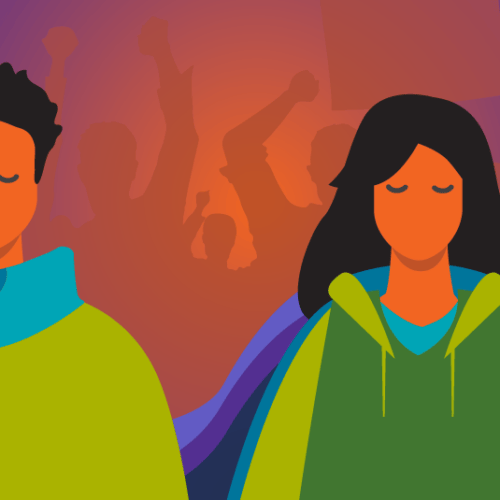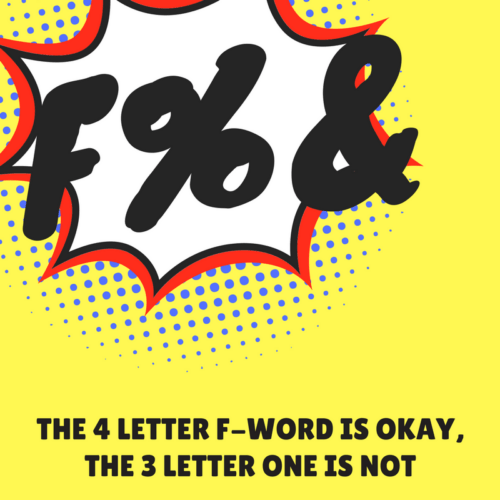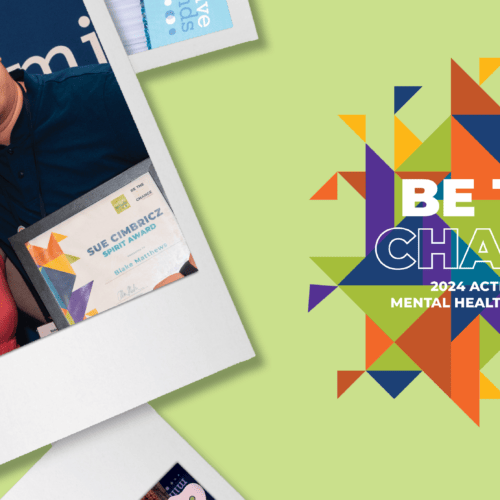During times of crisis, whether they be personal or what feels like entirely out of my control, I often find myself turning to social media. It allows me to connect with others, validate my feelings, and find ways to take action from wherever I am. However, it’s important to strike a balance – too much time on social media in these times of crisis led me to experience further negative emotions, and I knew it was time to take a break. I’m sure there have been times when you’ve felt the same. I’m here to offer some insight into how consuming content can affect our mental health, why it’s important to set boundaries with your social media, and ways we can utilize social media in difficult times to find community and inspire change.
Doomscrolling and Mental Health
Unsurprisingly, constant scrolling can be detrimental to our mental and even physical health. If overdone, our social media consumption can turn into “doomscrolling” a word that gained popularity at the beginning of the Covid-19 pandemic. It was named one of the words for the year 2020 by the Oxford English Dictionary and is described as “the action of compulsively scrolling through social media or news feeds which relate bad news.” Humans by nature are information-seeking creatures and scrolling on social media allows us to fill that curiosity. However, engaging with this news at unhealthy rates can release a stress hormone known as cortisol. Too much cortisol can leave us exhausted and break down our minds and bodies. When we are under constant stress we are more likely to experience anxiety and depression.
If you struggle with doomscrolling, you are not alone. I find that on certain days I can take in more content than others, and that’s okay. I have been working on discovering my line between healthy and unhealthy engagement by increasing my awareness of my mood while I scroll. Simply being aware of my thoughts and feelings while scrolling allows me to better know when it’s best to stop. This line may be different for everyone, but finding our boundaries and sticking to them keeps us away from doomscrolling territory.
Setting Boundaries with Social Media
While feelings of hopelessness in today’s world are valid and normal, if this hopelessness starts to negatively affect your daily routine for extended periods, that’s a good indication that you are scrolling too much. When I find myself doomscrolling I remind myself that balancing social media apps during times of crisis and in general is key. I use time limits on entertainment apps like Instagram, TikTok, YouTube, and Snapchat. You can set these time limits within the settings of your phone and personalize the time you would like to spend on each app. Additionally, Instagram has a feature now where you can favorite certain accounts which allows you to selectively scroll to only see accounts you would like. I also find that it is nice to disconnect from social media when I can for a “brain break” and focus on self-care. I like to do things that make me feel good, whether that’s listening to music, dancing, or spending time with family.
Social Media as a Tool in Times of Crisis
Once you find a balance between consuming content and taking breaks, you can begin to effectively use social media to find community and take action around causes you care about. I find that when the nation is going through a crisis, it can feel as if I have no control over our world. However, a major trend that I notice while scrolling is that people were and are continuing to repost ways to start helping and take action. For example, I frequently see organizations where folks can donate, places where people can volunteer their time, and access mental health resources. This allows me to put my energy into something other than just scrolling. While the fight for abortion access, gun control, and more is long from over, I feel a lot better about knowing where I can continue to put my energy.
Even if you don’t feel equipped to take action, or are struggling to find the motivation, social media can be used in other ways as well. Many of us may not have support systems in place in our day-to-day lives, and social media can provide a way to build virtual communities, and further connect with those we do know in our face-to-face lives. When something happens in the world that I have complex feelings about, seeing others’ responses on social media helps me to gain perspective, find comfort in those who feel the same, and learn more about the why and how behind what’s happening.
Social media can be a fantastic tool for providing support, creating communities, and inspiring action when times are difficult. However, it’s also important to remember to take breaks, set boundaries, and consume mindfully. Continue speaking up, sharing, and connecting in a way that’s most healthy for you.
